Honeysuckle variety Long-fruited
Long-fruited - early-ripening honeysuckle selection of the South Ural Research Institute of Horticulture and Potato Growing (Chelyabinsk, Russia). Received as a seedling of Kamchatka honeysuckle ("Smolinskaya") from free pollination. The authorship is assigned to V.S. Ilyin and N.A. Ilyina.

Photo: Kerezhene Lyudmila, Kaliningrad
In 1989, the variety was sent to the State test. This is one of the first zoned Ural honeysuckle varieties. It has been included in the State Register of Breeding Achievements of the Russian Federation since 1994.
The bushes are medium-sized, spreading, with a rounded crown. Shoots are thin, long, curved, brownish-green in color, with a pronounced anthocyanin color. Leaves are small or medium in size, lanceolate or broadly lanceolate, elongated, with a point closer to the base or rounded, colored dark green. The leaf blade is loose, soft, slightly folded along the midrib.
The flowers are large, with a glossy color.
Honeysuckle berries Long-fruited large size (weighing from 0.9 to 2 grams, length - up to 2.7 cm, diameter - 0.8 cm), slightly compressed from the sides, elongated flat shape, similar to cylindrical. The skin of the fruit is thin, slightly bumpy on the surface, violet-blue in color, with a whitish waxy coating.

The taste of berries is a dessert type, sweet and sour, without bitterness. The tasting assessment of taste is high (4.6 - 5.0 points).
By chemical composition, the fruits contain: dry matter (13.8%), the amount of sugars (9.0%), acids (2.2%), vitamin C (48 mg / 100 g).
The variety is universal for use: fresh consumption, processing (preserves, juices, jams, wine, compotes), freezing, drying.
Fruits usually ripen in mid-June, but in some years they can even earlier - in the 1st decade of the month (from 5th to 10th June). Sprinkling rate of ripe berries is not higher than average.
The variety is early-growing: the bushes enter the fruiting season in the 3rd - 4th year of the planting field. The yield is good: from 1.4 to 3 kg / bush. Winter hardiness is above average.
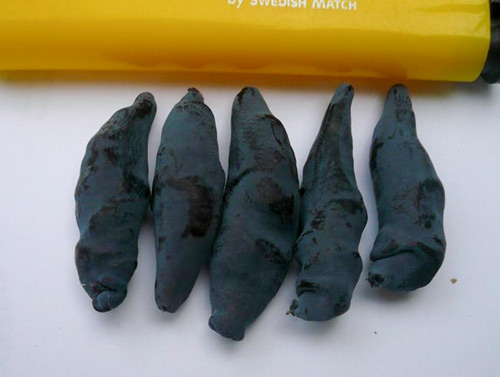
Photo: Kerezhene Lyudmila, Kaliningrad
This honeysuckle is self-fertile. Among the best pollinators, the following varieties are distinguished: Raisin, Smolinskaya, Sineglazka, Moraine, Chelyabinka, Chernichka.
The most suitable breeding method for this honeysuckle is vegetative (green cuttings).
The main advantages of Long-fruited honeysuckle include: large fruits with a dessert taste, good yield.
No significant shortcomings have yet been identified.

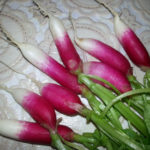
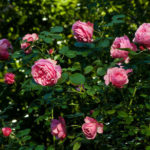
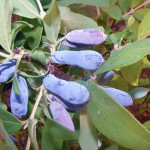
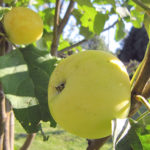
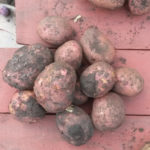



Long-fruited Honeysuckle is really a wonderful planting variety. Already in June we are feasting on these amazing berries. The number of fruits on our site from these bushes is good, but it all depends on how you personally follow the growing rules. By themselves, the bushes are small in size, they do not deliver much difficulty for care. The only thing you have to do in a drought is to spend more time out of town: the bushes definitely require watering. In general, I single out for myself this particular variety as one of the best.